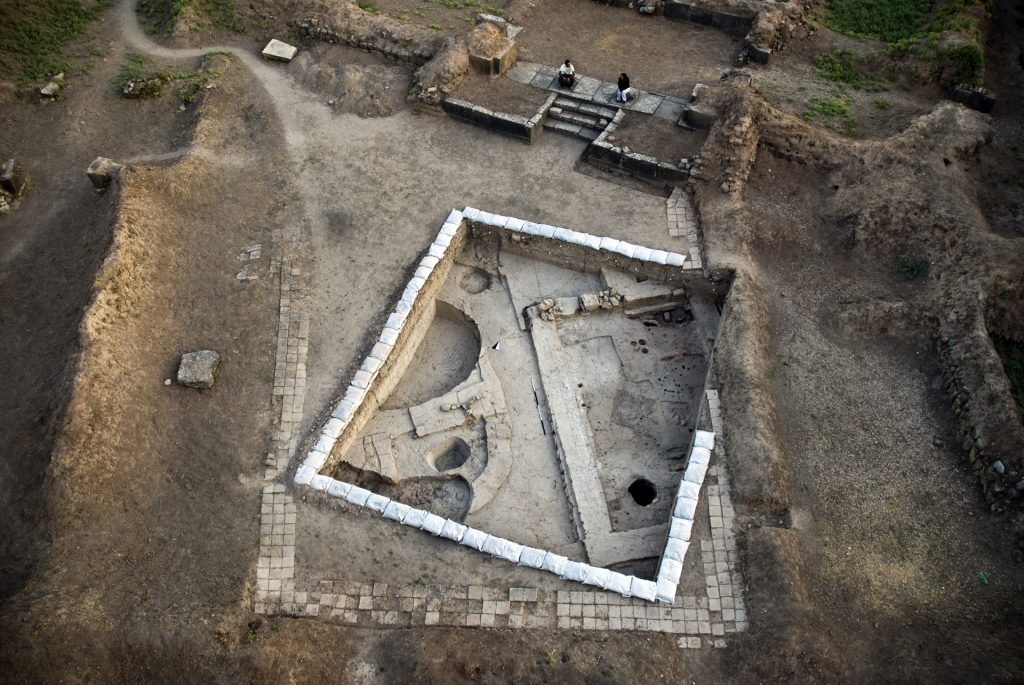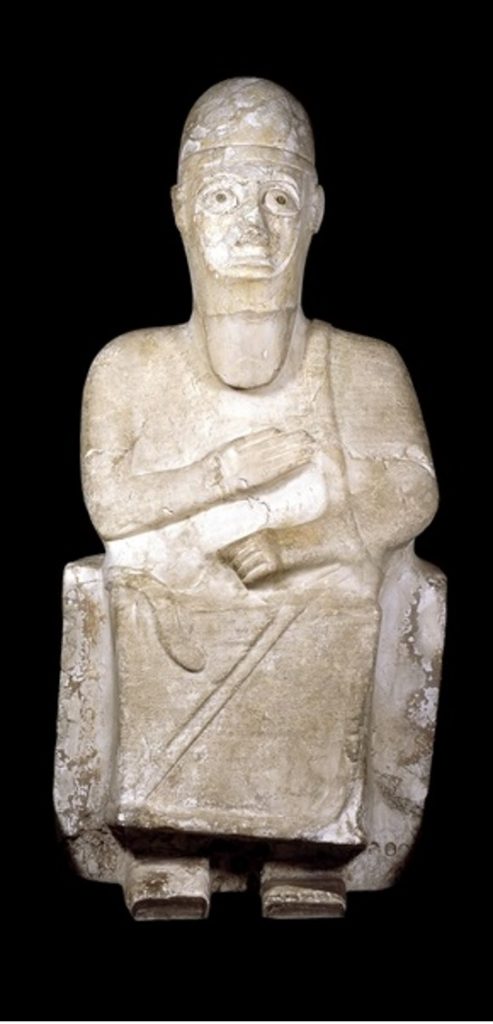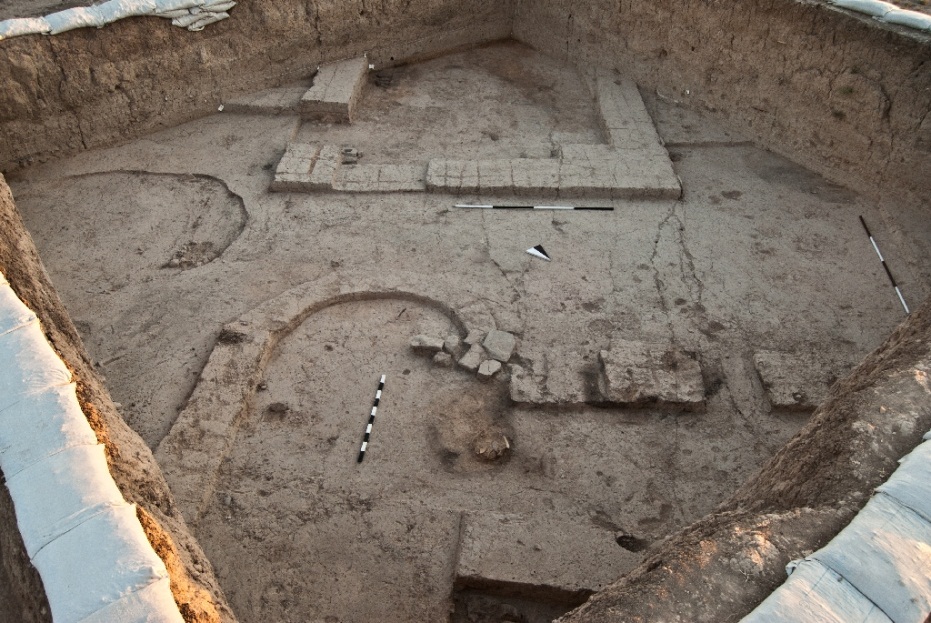LATE BRONZE AGE I (1600-1400 BC)

Following the destruction of the Level VII city, in the second half of the 16th century BC, no evidence of administrative architecture has been revealed in Level VI, indicating a period of stress and trauma, as well as a change in the material culture. A significant change in diet is also noted with an increase in the consumption of wild animals, indicating extensive hunting activities. This increase in hunting practices is also reflected in the painted pottery traditions, with the application of figurative scenes, including stylized wild animals or hunting scenes. Levels VI and V also revealed a number of cylinder seals with similar hunting scenes in vitrified materials, indicating a technological as well as a cultural change from the primarily stone cylinder seals used in the Middle Bronze.


By the the 15th century BC, during the reign of the king İdrimi, the city was a vassal of the Mitannian Empire, centered to the east in northern Mesopotamia and stretching across a large area from the Tigris to the Orontes River basin. The socio-political structure of the Mitannian Empire and the formation of this new political entity have been extensively debated by scholars, since limited evidence has been acquired from its core center in the Habur triangle. In this perspective, Alalakh became a major site for understanding the development of Mitannian culture and its impact on local cultures. Levels VI, V, IV, and III comprise the time period when Alalakh was politically connected to the Mitannian Empire and participating, through local emulation and the emigration of Hurri-Mitanni citizens, in the imperial culture of Mitanni. Strong elements of Mitannian culture at Alalakh can be traced not only in the social complexity of Alalakh’s hierarchical structure, which is well documented in the Level IV texts, but also in its public and domestic architecture and aesthetic choices in local production industries, including pottery, metal, and glass.
The Level IV palace provides the best evidence from this period. The clear shift in location between the Level VII and IV palaces and the close proximity of the latter to the city gate implied a significant change in the structural organization of the city from the earlier Middle Bronze. The Late Bronze palace and the castle complex was incorporated into a single structure, which functioned as a palatial-administrative unit. The use of columns in the palace entrance seems to represent the beginnings of the bit hilani palace tradition, which would go on to inspire later builders during the Iron Age. Administrative affairs were controlled from here, as suggested by the tablets found in the castle and the residential palace wing. These tablets, which date especially from the reign of Niqmepa, have become the best data set for understanding Mitannian imperial organization and its social structure; however, they are silent regarding political events, and only a limited number of tablets mention the political conditions of the time. However, another key piece of evidence for this period is provided by the statue of King İdrimi, found by Woolley buried in a pit in the later Level I temple. This statue bears a long inscription across its front describing İdrimi’s flight from Aleppo, his time in exile, and his return to Alalakh and taking of the kingdom.
The early internationalism evident during Middle Bronze II flourished in Late Bronze I into a period of widespread international contacts on the part of Alalakh, not just with Mitanni and its heartland to the east, but also with other Eastern Mediterranean lands such as Cyprus and Egypt. Like Level VII and the Middle Bronze Age, Level IV and the Late Bronze Age also ended in a site-wide burning that may have carried out by the Hittite king Tudhaliya I/II, although there is no direct evidence that the Hittites or Hittite vassals were responsible. Indeed, this destruction did not bring an end to the Mitannian era at Alalakh or the royal line of İdrimi, both of which continued into the early stages of Late Bronze II.


